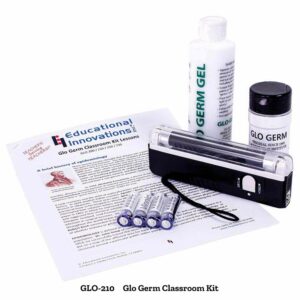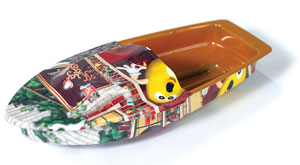 by: John Fedors
by: John Fedors
As infants become aware of their surroundings, fingers, toes, toys, pacifiers and other objects that can be handled, always end up in their mouths. It’s no wonder that parents become first fascinated, then concerned, and eventually oblivious for it seems almost everything ends up being “tasted”.
Alertness, curiosity, and fascination inspire investigation, which begins at an early age. Teachers encourage this direction and take advantage of it. Repetition of this experience should be reinforced and developed to become habitual. Children come to recognize, “It Makes Sense” .
Did you wash your hands? How many times have we heard this? How many times do we “forget”? This simple, though important task, must be difficult to instill, for so many fail to perform it.
We are continually reminded during our early lives and even as adults, that hand-washing must be difficult or of low priority, because we so often forget. It would seem that demonstrating the effectiveness of using soap and water should be encouraged!
 The use of Glo Germ powder may help to develop this habit.
The use of Glo Germ powder may help to develop this habit.
When I mention this to teachers, most are aware of its uses, but many are not. Some teachers are aware because the school nurse or health teacher has demonstrated it in their class, then it is forgotten. Teachers have multiple opportunities to demonstrate and reinforce this awareness.
Glo-Germ is a nontoxic product, which simulates a microorganism. This product is not easily visible but fluoresces when exposed to UV light. It is used in hospitals, fast food chains, and schools to demonstrate the effectiveness of hand washing.
Suggested Uses or Demonstrations for Glo Germ powder:
Read the rest of this entry »
 by: Tami O’Connor
by: Tami O’Connor which can be used to teach many scientific principles. The science behind how they work is rather complex and often disputed. Read the rest of this entry »
which can be used to teach many scientific principles. The science behind how they work is rather complex and often disputed. Read the rest of this entry »


 Posted by Tami O'Connor
Posted by Tami O'Connor  by: John Fedors
by: John Fedors
 by: Dave Crowther
by: Dave Crowther